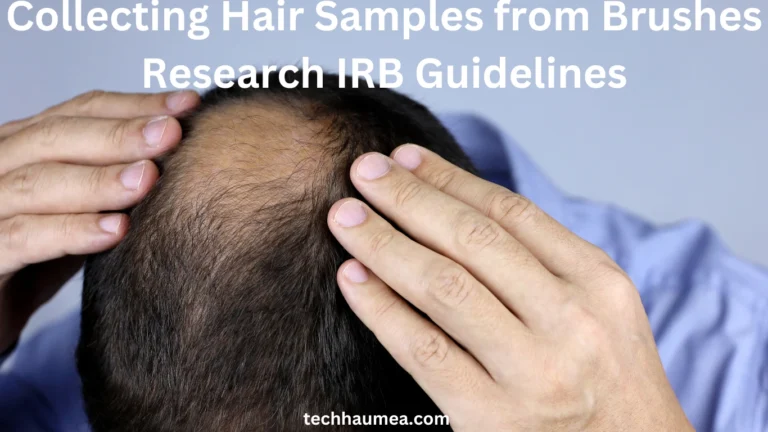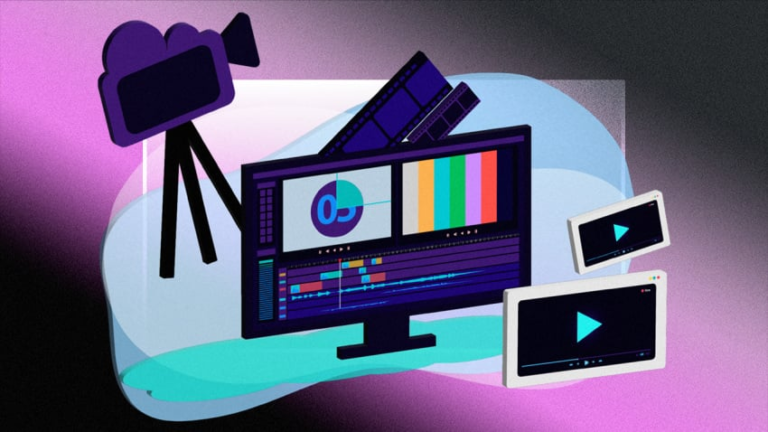The Future of Programmatic Video Advertising: Trends and Best Practices

Key Takeaways:
- Programmatic video advertising is evolving with new technologies and data-driven strategies.
- Understanding and implementing best practices can help maximize ROI.
- Keeping up with the most recent trends is essential for campaigns to be successful.
Table of Contents
- Introduction to Programmatic Video Advertising
- Current Trends in Programmatic Video Advertising
- Best Practices for Successful Campaigns
- Measuring Success in Programmatic Video Advertising
- Future Outlook
- Conclusion
Introduction to Programmatic Video Advertising
Programmatic video advertising is revolutionizing how companies connect with their customers. By automating data-driven targeting and purchasing processes, advertisers may provide viewers with more relevant and tailored adverts. One of the most efficient ways to achieve this is through programmatic video advertising, which enhances the user experience and increases the efficiency and effectiveness of ad campaigns.
Standing out can be challenging in a world where consumers are bombarded with advertisements daily. Advertisers may ensure that the most relevant audiences see their advertisements by focusing on specific demographics, interests, and behaviors via programmatic video advertising. This helps to address the difficulty. This precision targeting benefits advertisers by increasing engagement and provides a better experience for viewers who receive content more aligned with their interests.
Current Trends in Programmatic Video Advertising
The future of programmatic video advertising is characterized by a shift towards integrating artificial intelligence and machine learning to optimize ad placement and performance. AI is expected to play a significant role in digital marketing, allowing advertisers to analyze vast amounts of data in real time and make informed decisions on ad placements and budgets. The popularity of interactive and shoppable video ads, such as those on platforms like Instagram and TikTok, is also growing. Because social media platforms are heavily used and smartphones are widely used, there is a greater emphasis on mobile-first video advertising techniques due to the growing reliance on mobile devices. It is anticipated that by 2022, expenditures on mobile advertising will total $240 billion, focusing on video commercials optimized for mobile consumption.
Artificial Intelligence and Machine Learning
AI and machine learning revolutionize programmatic video advertising by enabling accurate targeting and real-time optimization. These technologies allow advertisers to analyze vast data, identify patterns, and optimize ad placements for improved ROI. AI can predict conversion rates and content types, while machine learning algorithms continuously learn and adapt from previous campaigns, enhancing future ad performance. This dynamic capability makes AI and machine learning indispensable tools for advertisers seeking to stay ahead of the curve.
Interactive and Shoppable Video Ads
Interactive and shoppable video ads are gaining popularity due to their engaging nature. They allow viewers to interact with content, purchase, and learn more about products. A study by Innovid found that interactive ads can increase brand engagement by 10% compared to non-interactive ads. This format is particularly beneficial for e-commerce brands, as it showcases products dynamically and reduces purchase steps, boosting conversion rates.
Best Practices for Successful Campaigns
Adherence to best practices is crucial for optimizing programmatic video advertising campaigns for maximum performance. First, ensure that video creatives are high-quality and engaging. Viewers are likelier to watch and remember visually appealing ads that provide value. Additionally, leveraging data for precise audience targeting can significantly improve ad relevance and performance.
It’s also important to regularly test and optimize ad placements to achieve the best results. A/B testing, which contrasts ad versions to identify the best performance, can do this. According to Gartner, organizations implementing A/B testing can increase their conversion rates by up to 50%. Moreover, adhering to industry standards for viewability and ad fraud prevention can enhance the credibility and effectiveness of your campaigns.
High-Quality and Engaging Creatives
Video ads capture the audience’s attention through visual appeal, informative content, and engaging storytelling. High-quality video production, clear messaging, and compelling storytelling are crucial elements. Personalizing content to align with viewer preferences can further enhance engagement, as personalized ads have been shown to improve ad recall and brand perception.
Measuring Success in Programmatic Video Advertising
Effectively measuring the success of programmatic video advertising campaigns involves tracking key performance indicators (KPIs) such as viewability, click-through rates, and conversion rates. Utilizing advanced analytics tools can provide deeper insights into campaign performance and areas for improvement.
Conducting A/B testing to compare different ad variations and identify the most effective strategies is also beneficial. According to a report by AdExchanger, A/B testing may result in notable increases in engagement and conversion rates and is a potent tool for boosting ad effectiveness. Advertisers may determine which portions of their ads are most effective and adjust their strategy by regularly testing various sections of the advertisement, including images, text, and call-to-action buttons.
Advanced Analytics Tools
Advanced analytics tools are crucial for understanding the performance of programmatic video advertising campaigns. They provide marketers with comprehensive insights into analytics, allowing them to optimize their tactics and make data-driven decisions. These insights reveal audience segments’ responsiveness, device usage, and engagement times. By leveraging these insights, advertisers can continuously improve their campaigns and achieve better results. Additionally, advanced analytics can detect and prevent ad fraud, ensuring practical advertising budget usage.
Future Outlook
Due to ongoing data analytics and technology developments, programmatic video advertising has a bright future. As AI and machine learning capabilities grow, advertisers can refine their targeting further and optimize their campaigns in real-time. Programmatic video advertising is expected to grow in potential, providing even more creative methods to reach viewers. In addition, the increasing popularity of connected TV (CTV) presents new opportunities for programmatic video ads to reach audiences on larger screens.
Moreover, the rise of 5G technology is expected to enhance the delivery and experience of video ads, making them faster and more interactive. According to a report by Business Insider, 5G will enable higher-quality video streaming and reduced latency, providing a smoother and more immersive ad experience. Advertisers can access more advanced tools and techniques as these technologies evolve to create impactful and efficient campaigns.
Conclusion
Programmatic video advertising is a powerful marketing tool businesses can use to understand current trends, implement best practices, and measure success. As technology develops, the potential for programmatic video advertising will increase, making it more critical for advertisers to keep current and adjust their approaches to be competitive in this ever-changing market.

Michael Dorrance is a seasoned tech writer with extensive expertise in a wide range of technology topics. His insights and analyses provide readers with in-depth understanding and innovative perspectives in the tech world.






